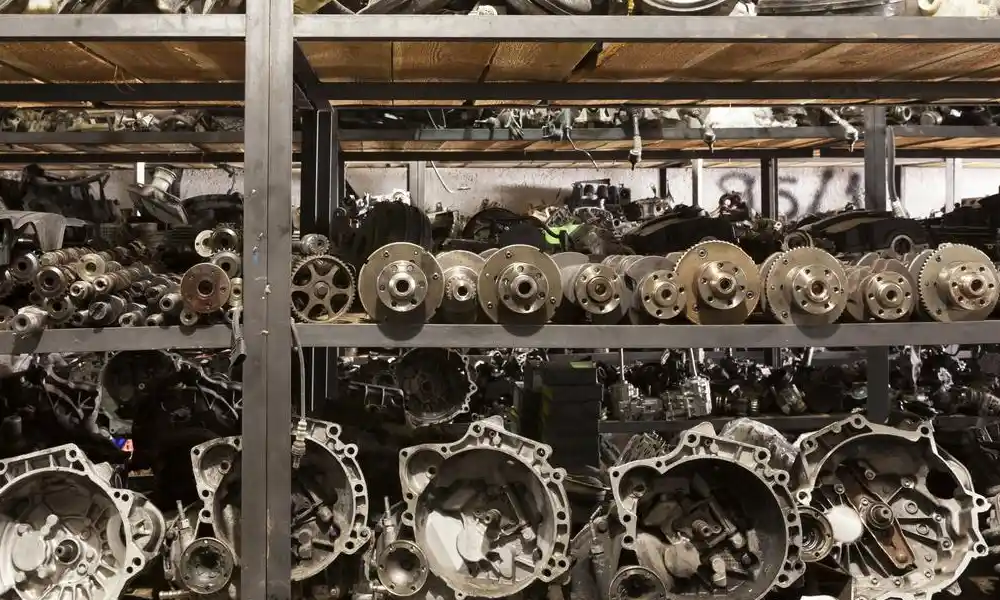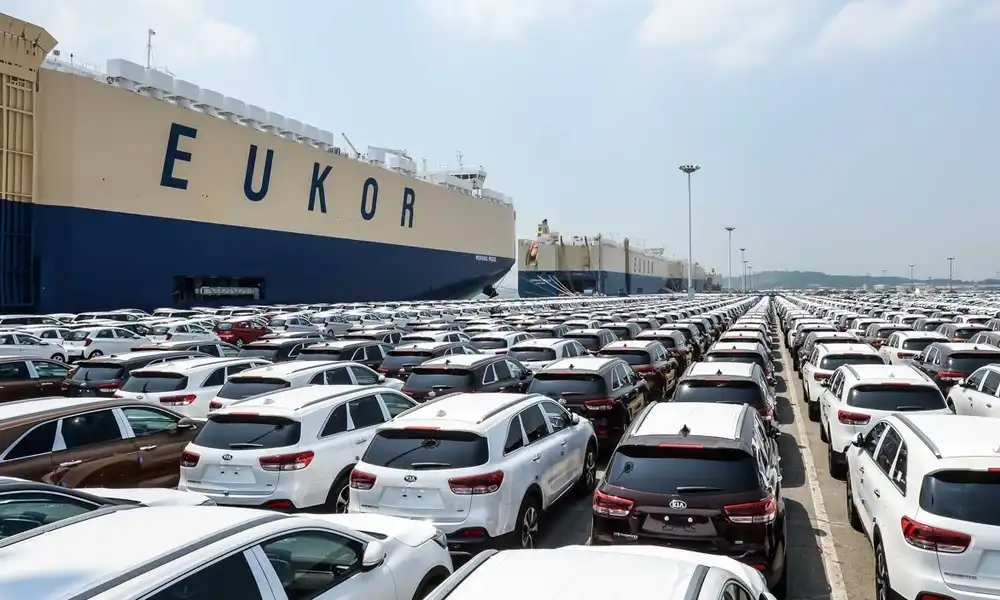A Korean used car inspection report includes vital information such as engine condition, transmission performance, frame damage, mileage verification, and accident history. It’s an official document that helps international buyers assess the vehicle’s reliability and safety before purchasing.
UsedCarKorea.com
When buying a used car from Korea, understanding the Korean used car inspection report is essential. This official document provides a detailed overview of the car’s mechanical condition, mileage, accident history, and more. For international buyers, decoding this report can help avoid surprises and ensure a safe and reliable purchase.
Table of Contents
What Is a Korean Used Car Inspection Report?
A Korean used car inspection report, officially known as a Performance Inspection Certificate (성능점검기록부), is a required document for all used cars sold by licensed dealerships in Korea. It outlines the condition of various components of the car and is used to ensure transparency and trust, especially for international buyers who cannot inspect the vehicle in person.
Why Is It Important?
Understanding this report helps international buyers:
- Confirm if the car has been in an accident
- Check for mechanical or transmission issues
- Verify mileage authenticity
- Detect flood damage or frame repair
- Estimate future maintenance or resale value
Key Sections of the Report
Here’s how to understand the main sections of the inspection report:
1. Vehicle Information (차량 정보)
This section includes:
- Make and model
- Engine type and fuel
- Year and registration date
- VIN (Vehicle Identification Number)
- Color and transmission type
It confirms that the car details match what’s being advertised or exported.
2. Odometer Reading (주행거리)
Indicates the car’s mileage in kilometers. It’s crucial to compare this with the car’s age to determine if the mileage is realistic. Unusually low mileage on an older car could signal odometer tampering.
3. Accident History (사고이력)
This part shows whether the vehicle has a record of:
- No accidents (무사고)
- Minor damage (단순 수리)
- Frame damage (골격손상 or 사고차)
Frame-damaged cars may have long-term structural issues and are often not recommended for import.
4. Structural Frame Condition (골격 부위 점검)
Checks if any part of the car’s frame has been repaired, replaced, or welded. The areas inspected include:
- Side members
- Pillars
- Floor panels
- Front and rear panels
- Roof panel
Each part will be marked as:
- 양호: Good
- 변형: Deformed
- 교환: Replaced
- 용접: Welded
5. Mechanical Condition (엔진 및 주요 장치)
This section details the functionality of:
- Engine
- Transmission
- Suspension
- Steering
- Braking system
If anything is labeled “이상 있음” (Abnormality found), it means further inspection or repair may be needed.
6. Electrical and Safety Features (전자 및 안전 장치)
Covers items such as:
- Airbags
- ABS brakes
- Power windows and locks
- Rear-view camera
- Navigation system
Each item is marked as either functioning normally or having an issue.
7. Water Damage Check (침수 여부)
States whether the car has suffered flood damage. A car marked “침수차 아님” (Not a flood-damaged vehicle) is safe. If flood history is present, it may be disqualified from export or resale in some countries.
8. Inspection Date and Certification
Always check the inspection date. Reports are valid for 30 days from the inspection date. Also, look for the inspector’s name and certification number to ensure it’s an official document.
Sample Translation Table
| Korean Term | English Translation | Meaning / Action |
|---|---|---|
| 무사고 | No accident | Safe to buy |
| 골격손상 | Frame damage | Avoid if possible |
| 이상 없음 | No abnormality | Component is normal |
| 이상 있음 | Abnormality found | Needs inspection/repair |
| 침수차 아님 | No flood damage | Safe |
| 주행거리 조작 | Mileage tampered | Do not buy |
How to Request the Report from a Seller
Ask the seller or dealer for the following:
“성능점검기록부를 영어로 받을 수 있나요?”
(“Can I receive the inspection report in English?”)
Most professional exporters will provide an English version or explain the main points for you.
Final Tips for International Buyers
- Use reputable platforms or licensed Korean exporters
- Always request the full inspection report
- Compare the report with actual vehicle photos
- Avoid cars with flood or frame damage history
- If in doubt, ask for a third-party translation or interpretation

FAQs
Is the Korean inspection report trustworthy?
Yes. It’s issued by certified inspection centers and required by law, especially for dealership sales.
Can I get the report in English?
Many dealers provide translated versions or explanations. You can also use this guide to understand the Korean version.
What are red flags to watch for?
Frame damage, flood damage, or mileage tampering are major concerns. Also watch for mechanical defects labeled as “이상 있음.”
How recent should the inspection be?
In Korea, a used car inspection report should ideally be recent—preferably issued within the past few months—to ensure it accurately reflects the vehicle’s current condition. Reports older than six months may miss new problems that have arisen since the last check.


